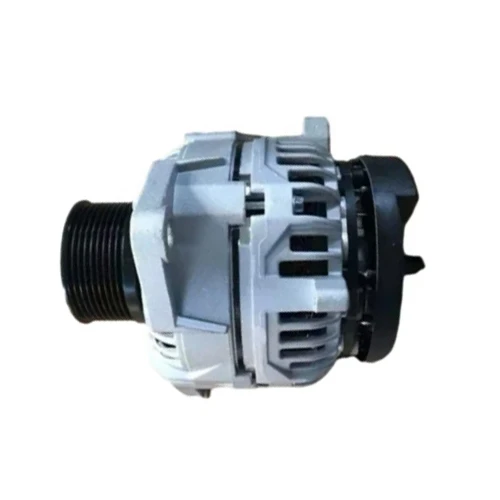Absolutely! Crafting an engaging and informative EEAT (Educational, Engaging, Authoritative, Trustworthy) content piece in a fun, relatable style like that of a popular social media platform can be quite exciting. Here’s how you can create a compelling post about testing an alternator for your audience:
🌟🔧 DIY Car Maintenance: How to Test Your Alternator Like a Pro! 🔧🌟
Hey car enthusiasts and DIY mechanics out there! 🚗💨 Today, I’m diving into the world of automotive maintenance with a super important component: the alternator! 🌋⚡ But before we get our hands dirty, let’s make sure this vital part is working just right. Ready? Let’s do this!
Why Test Your Alternator?
Your alternator is the powerhouse of your vehicle, generating electricity to keep everything running smoothly from your lights to your radio. 💡🎧 When it fails, you’re left stranded, and trust me, no one wants that feeling! So, regular checks are key to keeping your car on the road and you stress-free.
What Makes This Guide Awesome?
- Easy-to-Follow Steps: Whether you’re a seasoned mechanic or a complete beginner, my guide breaks down the process into simple, manageable tasks.
- Essential Tools: I’ll show you exactly what tools you need and where to find them without breaking the bank.
- Safety First: Safety tips throughout to ensure you’re not only fixing your car but also protecting yourself.
- Cost-Effective: By learning how to test your alternator at home, you save money on unnecessary service fees.
The Process: Testing Your Alternator
Step 1: Gather Your Tools
You’ll need a multimeter (digital voltage meter), a wrench, and some basic safety gear like gloves and safety glasses.
Step 2: Locate the Alternator
Under the hood, find the alternator – it’s usually connected to the engine via a belt and has a pulley on top.
Step 3: Turn On the Engine
Start your car and let it idle. Safety first – make sure the car is parked on a flat surface and the emergency brake is engaged.
Step 4: Use the Multimeter
Connect the red probe of the multimeter to the positive terminal of the battery and the black probe to the negative terminal. Check the reading on the multimeter – it should read between 13.5V and 14.5V when the engine is idling.
Step 5: Increase RPM
Gently accelerate the car to around 2000 RPM and check the multimeter again. The voltage should rise to between 13.8V and 14.8V.
If the voltage stays low or drops, it’s a sign your alternator might need attention.
